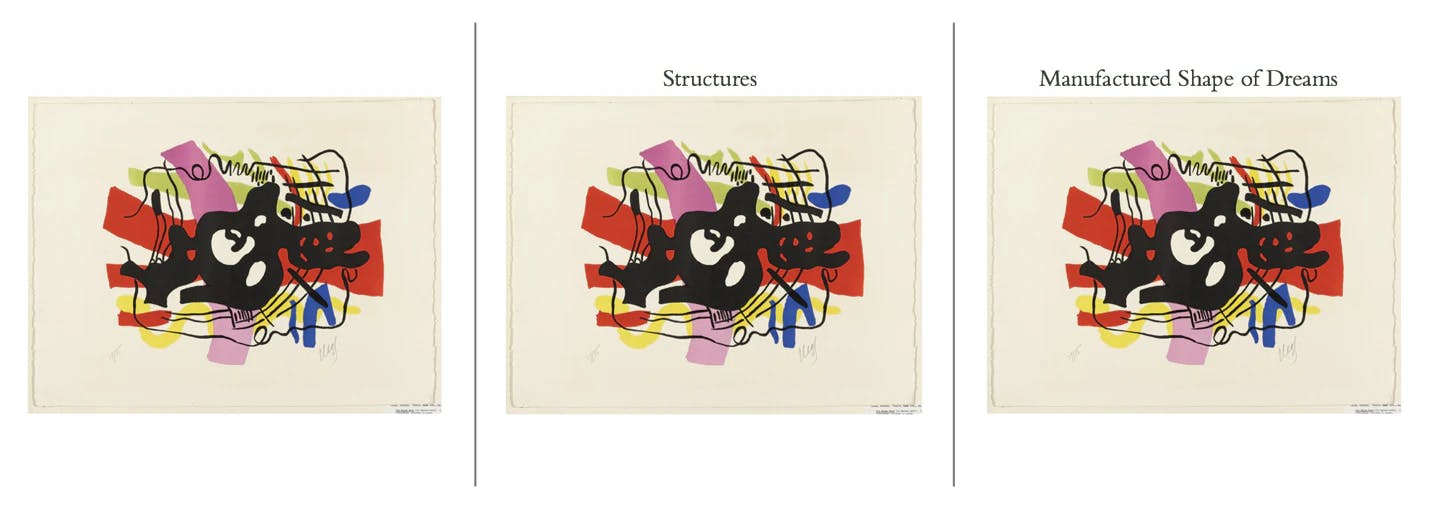How People Can Use Beautiful Language To Deceive You
Centuries ago, a poet by the name of John Keats wrote “Beauty is truth, truth beauty — that is all ye know on earth, and all ye need to know.”

Today, science is just catching up, finding that aesthetics (the principles concerned with the nature and appreciation of beauty, especially in art and language) can indeed influence perceptions of credibility, accuracy, and even moral goodness. So it seems that John Keats had a point. But why should judgments of morality and truth be biased by something as vain as a pretty turn of phrase? After all, we grow up learning that “looks can be deceiving” and to not “judge a book by its cover.”
The Keats Effect
Despite good intentions, human judgments are swayed by how easily or quickly information is processed in the mind. Scientific studies have shown that the more easily or quickly we process information, the more accurate, familiar, and beautiful it will seem to us. So maybe then, beauty isn’t so much in the eye of the beholder, but rather, in the beholder’s processing experience. Not very romantic when you put it that way, is it?
Stylistic devices such as rhyme aren’t mere aesthetic flourishes that beautify text. They can serve to increase people’s perceptions of a text’s accuracy. Matthew McGlone and Jessica Tofighbakhsh compared research participants’ accuracy ratings of rhyming phrases (such as “Woes unite foes”) with non-rhyming phrases that were identical in meaning (such as “Woes unite enemies”). They found that statements that rhymed were perceived as more accurate compared to their non-rhyming paraphrases. They suggested that participants were subconsciously confusing the fluency of rhyme as evidence of truthfulness.
Beauty and truth are intertwined.
Another example is that of antimetabole, which are statements that follow an A-B-B-A pattern. John Keats’ expression – “beauty is truth, truth beauty” – is antimetabolic. Antimetabole is found across literary classics (“All for one, one for all”), Shakespearian plays (“Fair is foul, foul is fair”), and even presidential addresses (“Ask not what your country can do for you, ask what you can do for your country”).
In a series of studies, my colleagues and I explored people’s accuracy ratings of antimetabolic statements. For every antimetabolic phrase (such as “it’s nice to be important, but it’s more important to be nice”), a non-antimetabolic statement was generated in a way that would break the A-B-B-A pattern while maintaining equivalent meaning and syllable length (“it’s nice to be important, but it’s more critical to be kind”).
Antimetabolic statements were rated as more accurate compared to their nearly identical paraphrases. Further, participants were quicker to provide accuracy judgments to the antimetabolic variations. Confirming McGlone and Tofighbakhsh’s suspicions, we found that the speed with which antimetabolic statements were judged partially explained their “superior” accuracy.
When James Watson realized DNA had a double-helical form, he said “[T]he structure was too pretty not to be true.” Remarkably, the spatial pattern of the double-helix mirrors the linguistic pattern of antimetabole. It seems that our findings support the intuition of many scientists, philosophers, and linguists – that beauty and truth are indeed intertwined.
Obscuring the Truth with Euphemism
Euphemisms are a form of doublespeak, a way to strategically present morally questionable acts as less harmful than they might be. For example, “Lily works at a meat processing plant” versus “Lily works at a slaughterhouse.” Surely, the term “meat processing plant” sounds far more pleasant than “slaughterhouse.”
Euphemisms can mislead others, not through lies, but through the strategic use of language.
In a series of studies, Alexander Walker and colleagues explored people’s perceptions of euphemistic language. They found that participants’ evaluations of various acts were made more favorable when a disagreeable term, like torture, was replaced with a related agreeable term, such as enhanced interrogation.
The researchers found that, by engaging in doublespeak, speakers can sway the opinions of others in their preferred direction while avoiding the consequences associated with more direct forms of language manipulation – such as blatantly lying to the public. So then, manipulative language in the form of euphemisms can mislead others, not through lies, but instead, the strategic use of language.
Pseudo-Profound Language Sounds Impressive but Means Nothing
Pseudo-profound language describes a language phenomenon that strings together random buzz words in a way that maintains proper grammar. And though these types of statements sound impressive at first read, they lack the intent to communicate anything true or meaningful.
"Matter is the experience in consciousness of a deeper non-material reality.” If you take a moment to dissect what this statement means, you’ll notice, it’s meaningless. But we need to differentiate this from genuinely profound language. Consider this statement: “Only those who will risk going too far can possibly find out how far one can go.” This actually means something. It tells us we can’t possibly know what our limits are if we don’t push ourselves outside our comfort zone.
Notice how that differs from an expression like this? “We are being called to explore the totality itself as an interface between serenity and intuition.” Once again, at first glance, it seems like this statement is communicating something deep, meaningful, or profound – but again, it means absolutely nothing. In fact, it was computer-generated.
Artworks with pseudo-profound titles were considered to have deeper meaning and greater significance.
In a series of studies led by Martin Harry Turpin, we explored the effect of pseudo-profound language on perceptions of artwork. Participants were presented with artwork that had no title, artwork that had a mundane title – for example, “structures” – or artwork with a pseudo-profound title, such as “manufactured shape of dreams.” We found that artworks associated with pseudo-profound titles were considered to have deeper meaning and greater significance.

In another study, we even found that people were willing to pay more money for art accompanied by pseudo-profound titles compared to the very same artwork presented with a boring title or no title at all.
And it appears these findings hold up outside of laboratory settings. Recently, Italian artist Salvatore Garau sold a non-existent, invisible sculpture titled “I am” for approximately 15,000 euros. Describing this “sculpture,” he said, “The vacuum is nothing more than a space full of energy, and even if we empty it and there is nothing left, according to the Heisenberg uncertainty principle, that ‘nothing’ has a weight. Therefore, it has energy that is condensed and transformed into particles, that is, into us.”
Now, you tell me, was he communicating something genuinely meaningful about truly profound art, or was the buyer duped by a load of pseudo-profound nothingness?
Closing Thoughts
Language is a powerful tool. One reason Aristotle advocated for the study of rhetoric was to defend oneself against its immoral use. And of course, the purpose of aesthetic or profound sounding language isn’t necessarily to deceive others. Many powerful truths are found in beautiful speeches and literary works. But aesthetic, euphemistic, and pseudo-profound types of language in contexts where truth matters – such as politics, marketing, media, and ideology – should perhaps encourage us to assess that content more critically.
Readers make our world go round. Make your voice heard in the official Evie reader survey.